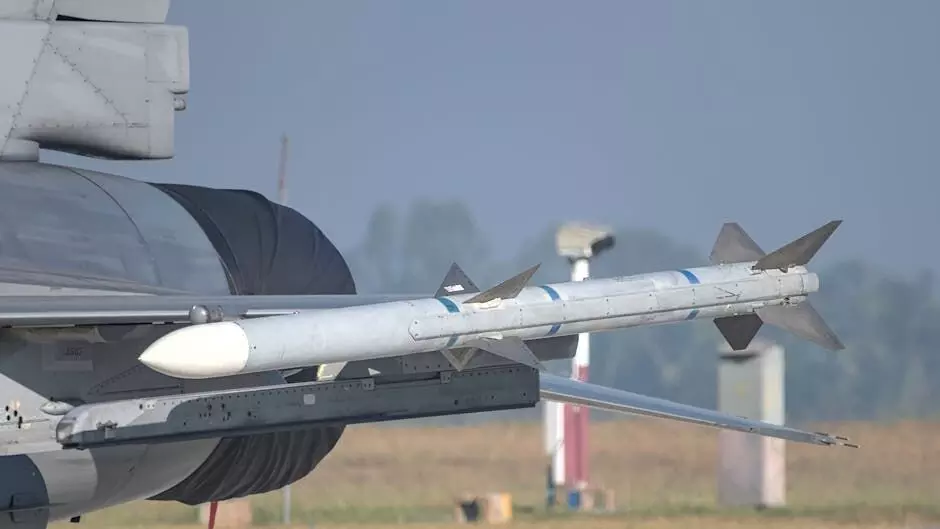Escalating Tensions: The Impact of the S-400 Missile System in the India-Pakistan Conflict

In recent weeks, the geopolitical landscape between India and Pakistan has taken a perilous turn, marked by heightened military engagements and accusations of aggression. The situation escalated significantly following India’s military operations, termed ‘Operation Sindoor,’ which targeted Pakistani military positions purportedly linked to terrorist activities. As the dust settles, the introduction of advanced military technology, notably the S-400 air defense system, has become a focal point in discussions surrounding this conflict.
The S-400 missile system, developed by Russia, represents a significant leap in India’s military capabilities. This state-of-the-art air defense system is designed to detect, track, and destroy various aerial threats, including drones and missiles. The acquisition of the S-400 has sparked concerns within Pakistan, prompting them to bolster their own defense measures. Following the recent military actions, reports indicated that Pakistan had downed multiple Indian drones, claiming it was responding to an escalating threat. The introduction of such advanced systems into the conflict raises the stakes, creating a more complex battlefield dynamic.
To understand the current tensions, one must look back at pivotal moments in India-Pakistan relations, including the IC-814 hijacking in 1999. This incident, where an Indian Airlines flight was hijacked and taken to Kandahar, illustrates the long-standing issues of security and terrorism that plague both nations. The subsequent release of Masood Azhar, a key figure in the formation of Jaish-e-Mohammed, has only fueled ongoing hostilities. As we witness the latest conflict unfold, the shadows of past incidents loom large, influencing public perception and policy decisions.
The recent military exchanges have resulted in significant civilian casualties, further complicating the narrative. Reports from both sides indicate a tragic loss of life, with civilians caught in the crossfire of military operations. In a recent statement, the Indian Ministry of Defence reported that at least 16 civilians, including women and children, lost their lives due to Pakistani shelling. Conversely, Pakistan has accused India of targeting civilian infrastructure during its strikes. These claims, coupled with the tragic loss of life, highlight the urgent need for dialogue and de-escalation.
As tensions escalate, the international community has expressed concern over the potential for a wider conflict. Calls for restraint have come from various quarters, including the United Nations, urging both nations to engage in dialogue rather than military confrontation. In this volatile environment, the risk of miscalculation remains high. The ongoing conflict not only threatens regional stability but also poses a significant risk to global security.
In light of these developments, it is crucial for both India and Pakistan to seek diplomatic solutions rather than resorting to military actions. The S-400 missile system, while enhancing India’s defense capabilities, should not be seen as a tool for aggression. Instead, it should serve as a deterrent, promoting stability in a region fraught with tension. Dialogue, based on mutual respect and understanding, is essential for addressing the core issues that underlie the conflict.
In conclusion, as we navigate this complex situation, the focus must remain on diplomatic engagement. The S-400 air defense system represents a significant military advancement, but it should not overshadow the necessity for peaceful negotiations. Both nations stand at a crossroads, and the choices made in the coming days will significantly influence the future of India-Pakistan relations.
